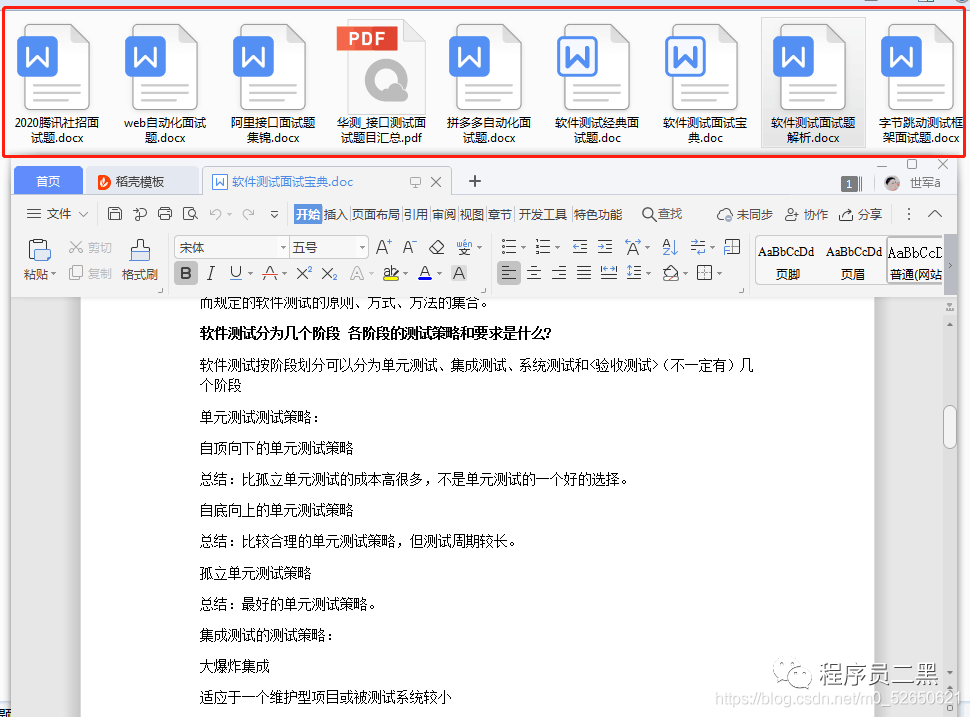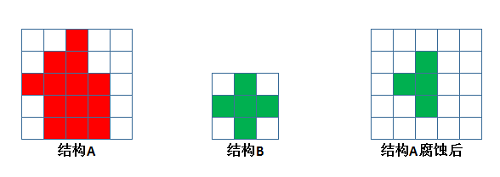I've 2 pictures of the same scene from an uncalibrated camera. The pics are from a slightly different angle and scale(zoom) and I'd like to superpose them, rejecting any kind of shake. In other words, I should transform them so the shake becomes imperceptible, do a Motion Compensation.
I've already tried using a simple SURF (feature) detector along with Homography but sometimes the result isn't satisfactory. So I am thinking about trying Image Rectification to compensate the motion. - Would it work with slight changes, such as user shake? - Would it really work to reject shake for these 2 frames? And for a bigger buffer of pictures (10 maybe)? - Anyone knows if it would fix scale disparity (different zoom in the images)? - What the algorithm really do? Will it transform both pictures into a third orientation?
If there is a better solution, I would be glad to know =)
EDIT
I don't aim to compensate blur motion but the displacement itself. For example, in this file the author compensates the angle difference between two cameras by Image Rectification. How does it actually work? Does it always create an intermediate picture orientation or can I specify that one of the pictures shall remains still??

Also, would I be able to apply this to many frames or it would always find an intermediate orientation for each two frames I put in?
Cheers,


